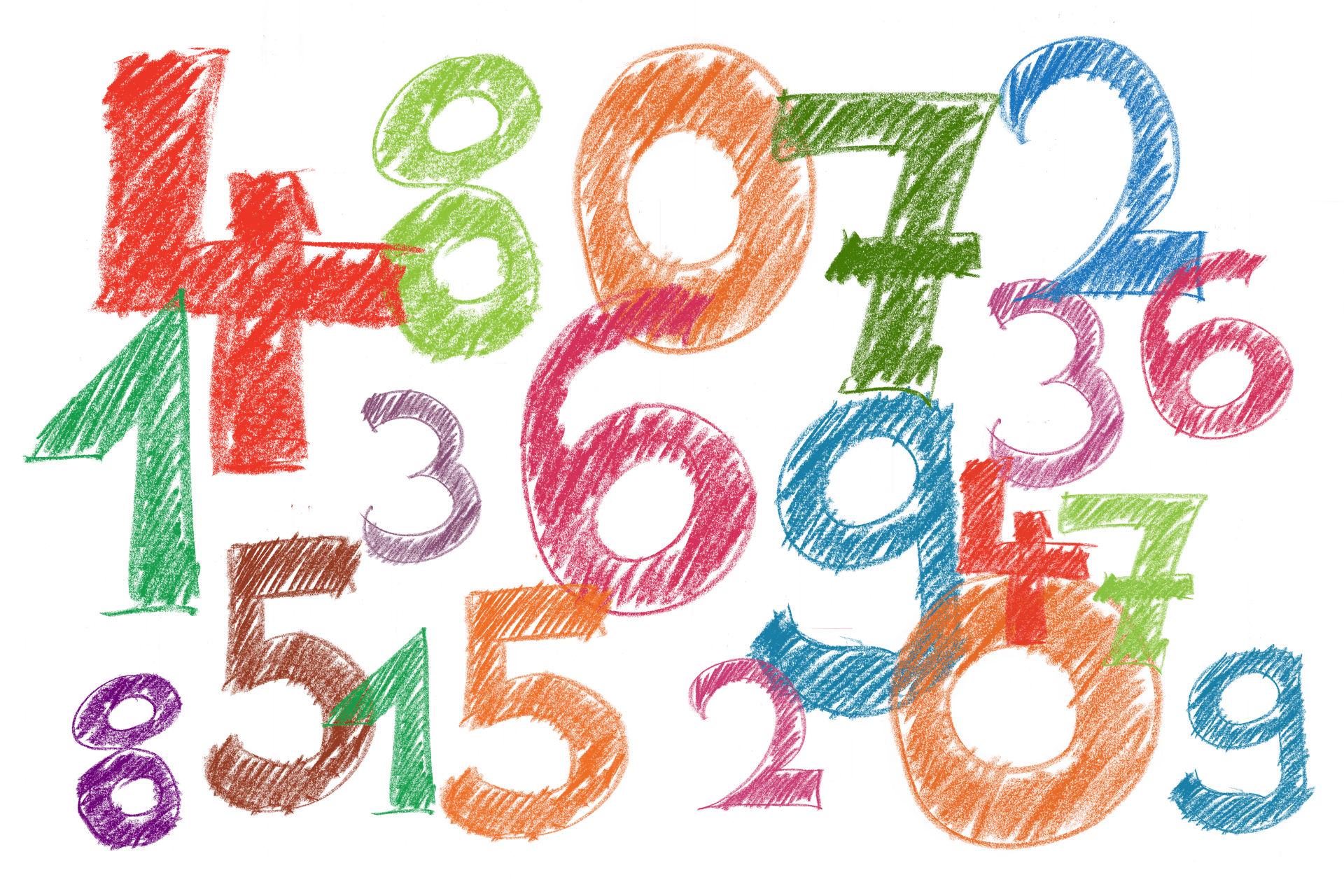In an acquisition-driven classroom, everything we teach should be purposeful. But when teaching something like numbers, it can feel daunting & unnatural. That is where light-hearted games come in, as they can give us a purpose.
The Secret Number –also called the Magic Number or More or Less – goes a long way to helping my students learn numbers in a way that feels both natural and purposeful. This little- to no-prep activity helps get numbers in my students’ heads in a manageable & lighthearted way.
While this great idea may have originated from some fantastic teacher I do not know, I learned it from my dear friend Leslie Davison, an incredible Spanish teacher in Colorado.
What you need: A poster or slide with the targeted numbers.
Set Up & Play:
- The teacher writes down the secret number.
- The teacher tells the students that the secret number is between 2 numbers – zero & 11, for instance. It is a good idea to write the number range on the board.
- The students guess the secret number one at a time.
- If the student’s guess is incorrect, the teacher changes the range allowing the students to narrow down their guesses.
- Once a student has guessed the secret number, play again or move on to another activity.
Helpful Hints:
- For first-year students, the secret number is between 0 & 11 for a week or so. Then it will be between 10 & 21 and so on.
- In my high-level classes, the secret number might be between zero & 28, 20& 64 or 53 & 80, for example.
- I clarify each student’s guess in the target language. This essential step allows the teacher to model correct language that may be slightly extended (see below) and give students valuable processing time.
The game might go like this in French 1 when the secret number is 7:
- Teacher: « Le numéro secret est entre 0 et 11. » (The secret number is between 1 and 11.)
- Ellie: « 3 »
- Teacher: « Ellie, tu crois que le numéro secret est 3 ? “ (Ellie, you believe that the secret number is 3?)
- Student: « Oui. » (Yes)
- Teacher: « Le numéro secret n’est pas 3. Le numéro secret est entre 3 et 11. » (The secret number is not 3. The secret number is between 3 and 11.)
- Tyler: « Le numéro secret est 5 ? » (The secret number is 5?)
- Teacher: « Tyler, tu crois que le numéro secret est 5 ? » (Tyler, you believe that the secret number is 5?)
- Tyler: « Oui »
- Teacher: « Non, the numéro secret n’est pas 5. Le numéro secret est entre 5 et 11. » (Non, the secret number is not 5. The secret number is between 5 and 11.‚
- And so on…
Something to consider:
- Whenever I say the word IS in French I, I point to my verb poster to keep the language understandable. If you do not have verb posters, write the word on the board in the target language and the language your students understand.
If you need some high-frequency verb posters in Spanish or French, help yourself to my free posters by clicking here.
- In the beginning, I allow novice learners to answer with their hands if they are not comfortable guessing out loud. I vocalize their guess for other students.
- With this strategy, as they gain confidence, they are more willing to take risks with the target language. It’s magical!
- Notice in the example above how Ellie only guessed the number while Tyler said an entire sentence. Both ways of guessing are acceptable in my class because I allow students to produce language when they are ready.
- Undoubtedly, after a while, you will have some eager students who want to be the teacher & run the game. GREAT! Simply stand or sit nearby to support them with the language they are not quite ready to produce.
- Keep this activity short & simple. When I play The Secret Number, the game rarely lasts more than 5 or 7 minutes. You can always set a timer to keep you on track!
Below is a short video of me playing the Secret Number with my students:




